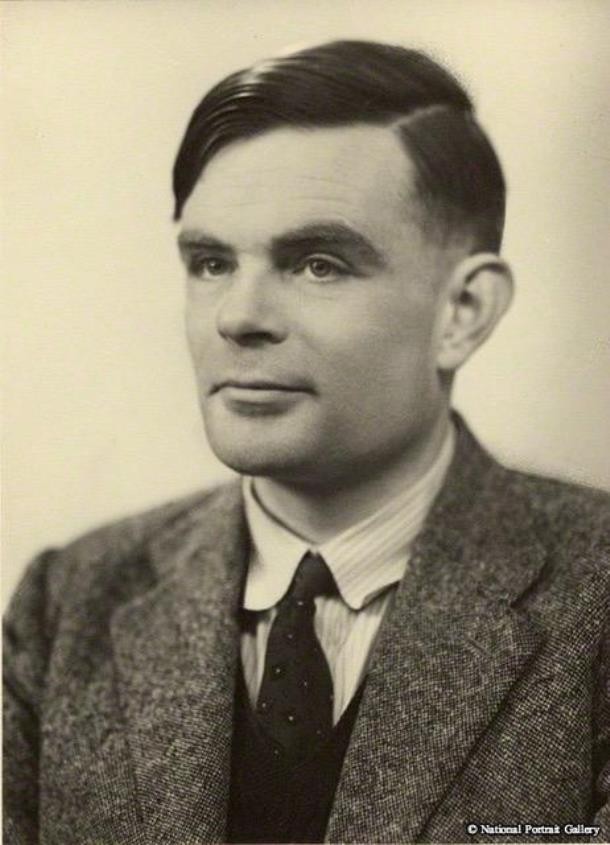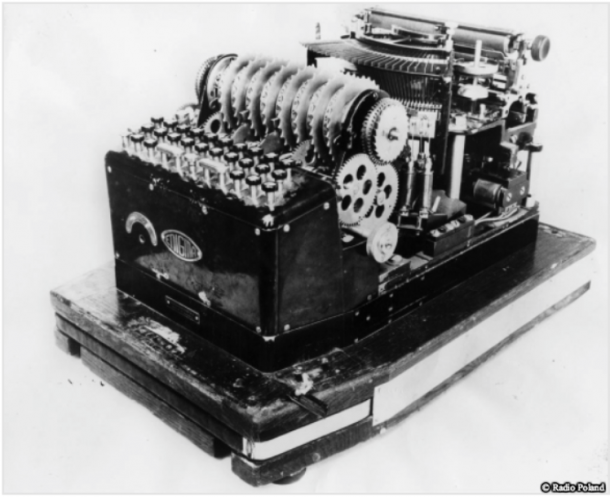In honour and celebration of LGBT+ Pride Month, we would like to tell you about Alan Turing.
With work acknowledged by Winston Churchill as being one of the single biggest contributions to The Allied victory, inspiring the movie ‘The Imitation Game’ and credited by some as the founder of computer science, Alan Turing is arguably one of the most well-known LGBT individuals of his time.
Born into an upper-middle-class family in London during 1912, Alan was a studious child from the start and was noted as having an affinity for numbers and problem-solving. This was especially true when it came to complex subjects such as science. When Alan was just 10 years old his mother gifted him a book named “Natural Wonders Every Child Should Know.” Little did she know this would spark a curiosity in Alan that would last him a lifetime.
This love for studying led to Turing being accepted to the highly regarded universities; King’s College in Cambridge where he gained a distinguished degree and Princeton where he studied subjects such as mathematical logic. His dissertation on The Central Limit Theorem impressed his lecturers so much that it gained him Fellowship.
It was his concept of the Turing Machine around 1936, a machine which could be tuned to do any well-defined task by being provided with a program, that it is argued, paved the way for modern computing. The concept embodied using symbols that held their own instructions much like stored programs today. This idea of Turing’s was before its time and it would be some years later that engineering and technology began to catch up with his brilliant visions.
In the meantime, however, Alan focused on cyphers – continuously thinking ahead he was right in listening to his instincts due to the daunting prospect of a second war with Germany. The day after Britain announced the war he immediately began work for the Wartime Cryptanalytic Headquarters in Bletchley Park, Buckinghamshire England, where many men and women worked tirelessly against the clock to decode German messages during World War 2.
During the war, the intelligence centre was kept entirely secret with Churchill describing the talented men and women working there as “The geese that laid the golden eggs and never cackled” due to their dedication to keeping their crucial work hidden from the public.
Whilst working at Bletchley Park, Turing’s main task was to crack Germany’s Enigma code created by a form of enciphering machine utilised by German forces to send encrypted signals and messages. The Enigma Machine, as it was called, was an invention by German engineer Arthur Scherbius, developed for commercial companies but quickly reproduced by the German navy, army and air force. Messages were typed into the machine and then scrambled using notches that displayed letters of the alphabet.
Polish mathematicians had previously discovered how to decipher these messages which they shared with the British but as the war began, German forces increased the Enigma’s security by changing the cypher system on a daily basis. This created major problems for those working at Bletchley who now had to work twice as hard in order to understand Germany’s cryptic messages – tensions were high as decoding the messages could mean life or death for many of the armed forces currently fighting for The Allies.
To counteract the increased security, Turing proved his amazing intellect yet again, working alongside code breaker Gordon Welchman, the two developed “The Bombe Device” which decreased the work of code-breakers overall. The machine was a massive breakthrough which Alan and Gordon had based on the Polish Bomba Kryptologiczna, a previous deciphering machine that was ineffective after Germany improved its cryptic security.
It is believed over 200 Bombe’s were produced, designed by the pair to act in the same way some hacking software operate today by “guessing” that a certain symbol is present at a certain position within the message (or in the case of hackers, a password.) The machine rotors would move at a fast rate until the Bombe found a match within the Enigma’s text. This used the process of elimination to dismiss certain combinations. Ultimately, Alan and Gordon’s invention meant those working to decipher messages could do so at a much faster rate, something that was crucial in the middle of the war.
Alan’s genius didn’t stop there; it wasn’t long before he also began deciphering further complicated German Navy communications that others working at Bletchley had been baffled by. His work made escaping German U-boat submarines much easier for The Allied forces, he continued similar works throughout the war and in 1945 received an Order of the British Empire (OBE) Award for his contributions.
Sadly, Turing’s work abruptly came to an end. In 1952 he was arrested for homosexuality which was at the time a crime in Britain. Alan knew he could avoid jail time by agreeing to oestrogen treatments which decreased sex drive and so he did, but 2 years later in 1954, he was found deceased with a half-eaten apple at his bedside. A slight air of mystery surrounds Alan’s death with the cause noted as cyanide, many wonder whether Alan took his own life out of depression and frustration or whether he was deliberately poisoned or accidentally ingested the hazardous chemical during an experiment.
Either way, it is only with great regret that humanity will never see what other great things this amazing scientist may have accomplished in his lifetime. The full story of his work did not come to light until the 1990’s, it is unimaginable how many lives Turing’s genius helped to save during the war. The Turing Award, an annual prize for those who make major contributions to the field of computing is named in his honour.
In 2013 Queen Elizabeth the Second rightly granted Alan pardon for his conviction of gross indecency. It is a tragedy to the highest degree that such a great mind was treated so poorly towards the end of his years simply due to who he chose to love.



